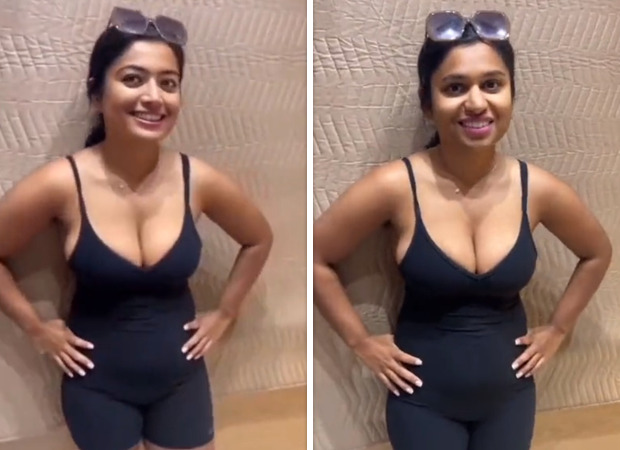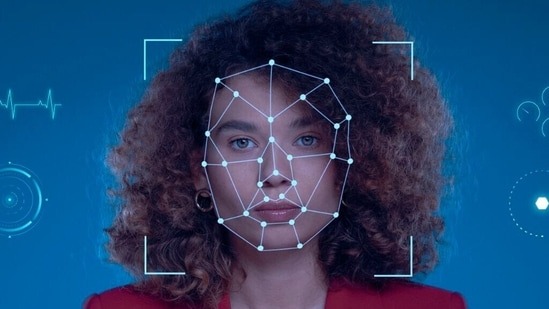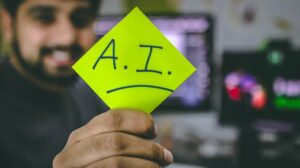Technology has been developing at a high pace and there are both good and bad sides to it. One such invention is AI which can help you with anything you can think of. Recently, another one is surfacing more, Deepfake technology is an evolving form of AI that is being misused for online scams. It is adept at making you believe certain video and audio is real, when in fact, it’s a compilation of doctored pictures and audio designed to deceive you.

Computers have been getting quite better at simulating reality. Videos and audio generated by artificial intelligence (AI) have been making serious headlines recently. Videos are designed to mimic someone, making it seem real as though they’re saying or doing something they aren’t. Deepfake as the name suggests is crafted using Artificial intelligence designed to fool viewers with manipulated, fake videos and voices. And they’re even more threatening than you think.

If you think of deepfake technology as an advanced form of photo or video editing software that makes it easy to alter images. But it goes a lot further in how it manipulates visual and audio content. For instance, it can create people who don’t even exist in real life. Or it can make it appear to show real people saying and doing things they didn’t say or do.
A deepfake video featuring Indian actor Rashmika Mandana recently surfaced all over the internet. Although she took to her social media to inform people about it, there are so many who fall victim to such videos and can’t even clarify the truth.
The term deepfake originated in 2017 when a Reddit user called himself “Deepfakes.” He posted doctored adult clips on the site. The videos swapped the faces of celebrities – Taylor Swift, Gal Gadot, Scarlett Johansson and others – onto adult performers. Deepfake videos are made using a combination of decoder and encoder networks, often within the framework of a Generative Adversarial Network (GAN).
Usually, deep fakes are created on high-end desktops with powerful graphics cards as they can’t be generated on a standard computer.
But you can still spot which are real videos and which are deep fake. The majority of images or videos show people with their eyes open, so the algorithms never really learn about blinking. When makers came to know about the problem they solved it and deepfakes appeared with blinking.

Poor-quality deepfakes are easier to spot. The skin tone might be patchy or lip-synching might be bad. There can be flickering around the edges of transposed faces. Specific characteristics can help give away deep fake videos.
- Unnatural eye movement.
- A lack of blinking.
- Unnatural facial expressions.
- Facial morphing — a simple stitch of one image over another.
- Unnatural body shape.
- Synthetic hair.
- Abnormal skin colours.
- Awkward head and body positioning.
- Inconsistent head positions.
- Odd lighting or discolouration.
- Bad lip-syncing.
- Robotic-sounding voices.
- Digital background noise.
- Blurry or misaligned visuals.
Facebook banned deepfake videos that are likely to mislead viewers into thinking someone “said words that they did not say”. However, the policy covers only misinformation produced using AI, meaning “shallow fakes” are still allowed on the platform. Shallowfakes are videos that are either doctored with simple editing tools or presented out of context.



